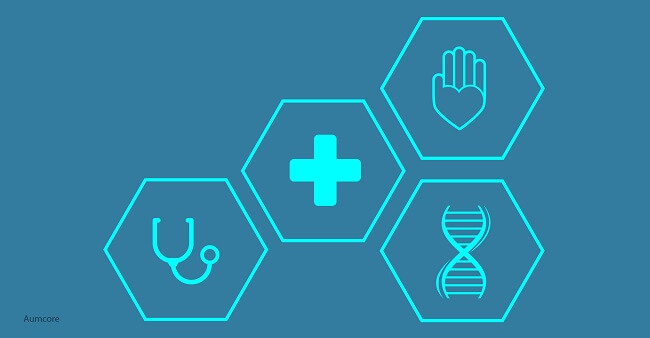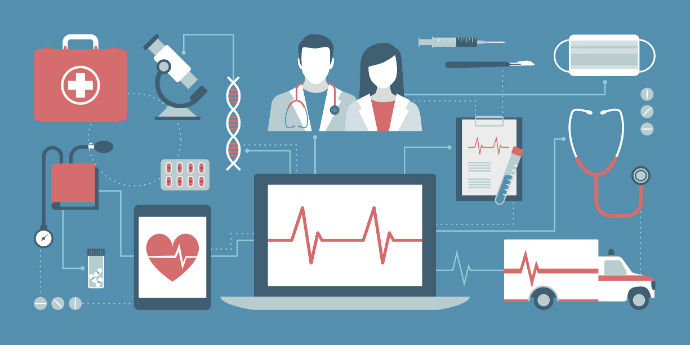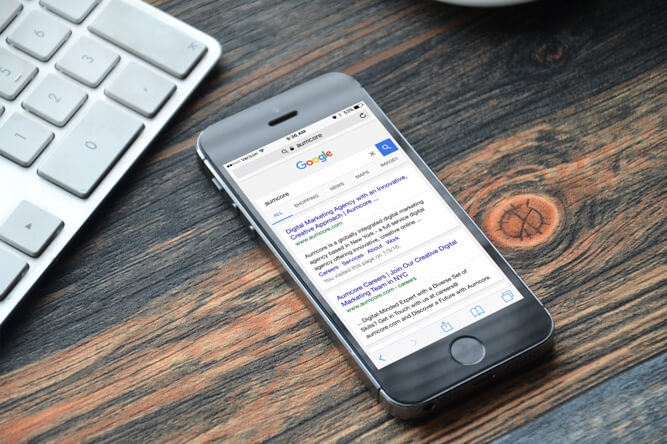If you envisioned “the future” to be a place where pretty much everything is connected to each other, then we can safely say that the future is here, and it’s all thanks to the internet of things (IoT).
IoT, for those who haven’t dipped their toes into the wormhole that is internet-based research, is basically a network of connectivity with machine-to-machine communication and humans thrown into the mix.
In other words, it’s a system where devices are connected to each other and can communicate to and fro through the internet, hence the title of internet of things.
As Daniel Burrus, CEO of Burrus Research, explains it, “the Internet of Things revolves around increased machine-to-machine communication; it’s built on cloud computing and networks of data-gathering sensors; it’s mobile, virtual, and instantaneous connection; and they say it’s going to make everything in our lives from streetlights to seaports ‘smart.”
Well, if “they” say IoT is going to make everything in our lives “smart,” then it only makes sense that we’re bound to encounter many benefits of IoT in healthcare.
Read More About: AI Technologies Predictions That Will Dominate In 2019
Likewise, to get those benefits we would need to have some sort of IoT applications in healthcare in the first place, which is why today we’ll be covering exactly what those are: the Internet of Medical Things (IoMT).
The Evolution of Healthcare: Internet of Things Applications in Healthcare
From robotics aiding medical procedures when a mechanical helping hand is needed, to AI in healthcare that’s used to diagnose ailments when a doctor can’t, it’s clear that healthcare has evolved way past the days when the four humors of Hippocratic medicine reigned supreme.
Today, it’s all about combining medicine with technology to create something bigger than each; it’s about synergy.
Therefore, whether it a Fitbit monitoring someone’s vitals, or a device that alerts health professionals when a patient’s heart rate has slowed down too much, as IoT has grown in recent years, so has IoMT.
In fact, as of today, about 73% of health organizations are making use of IoMT as a form of “monitoring and maintenance,” 50% for “remote operation and control,” and 47% for “location-based services.”
After all, the basis of IoT is a system with back and forth communication between machines in which they can generate, collect, analyze and transmit data, so it makes sense that areas where this very thing is happening are the ones that will be most affected by it.
That being said, let’s delve deeper into IoMT by covering some internet of things in healthcare examples and uses to see what its impact on healthcare really is.

The Internet of Medical Things (IoMT)
By enabling machine-to-machine interactions and streamlining communication between devices and people, the Internet of Medical Things is proving to be a godsend to the healthcare industry.
It may come in the form of smart wearable devices, mobile apps, point-of-care kits, or anything else that can generate, analyze and transmit data, but the point is that IoMT is creating a connected infrastructure of health information that’s turning healthcare on its head.
For instance, much of the talk surrounding IoMT has to do with remote health monitoring and telehealth, and how mobile devices and wireless technology are being used to perform routine tests and send information back to health professionals to better surveil diseases, track chronic illnesses and provide overall treatment support.
As it happens to be, an organization called Health Net Connect already offers various remote patient monitoring packages that monitor conditions like CHF, COPD, diabetes and hypertension with devices like BP/BG monitors, Handheld ECGs, pulse oximeters and spirometers.
Not only is this technology leading to reduced costs as patients handle everything in-house, but by eliminating the need to visit health professionals and vice versa, it’s also improving their overall patient experience.
Apart from telehealth, IoMT is also enhancing drug management through pills that contain microscopic sensors that send signals to external devices once swallowed — something that’s very reminiscent to what we’ve seen in science fiction.
For example, Proteus Discover is a health company that measures medication treatment effectiveness and helps physicians improve clinical outcomes and patients reach health goals through sensor-embedded pills like the one mentioned above.
Once the ingestible sensor-containing pill reaches the stomach, it sends a signal to patch the patient is wearing, which monitors each time a pill is taken, as well as their general rest and activity patterns.
Read More About: Healthy Practices for Industry-Specific Marketing
From here, patients can use the Discover app to keep track of their medication, set reminders and check up on their vitals like heart rate and blood pressure, and healthcare professionals can use the Discover portal to do the same.
Finally, by virtually monitoring medical hardware that usually means the difference between life and death, IoMT solutions like e-Alert from Philips are also ensuring that critical hardware is always accessible, and if something like a breakdown does happen, staff members will be immediately alerted.
Final Thoughts
Though slower than other industries to adopt IoT technologies, when you consider that the IoMT market is expected to be worth $158.1 billion by 2022, it’s clear that the future of IoT in healthcare is bright.
For instance, Philips, GE Healthcare and Medtronic are currently leading IoMT technology investments, with Philips primarily dealing with cardiac monitoring, remote patient communication devices and sensor-related products, and GE and Medtronic instead focusing on cloud-based technologies in existing monitoring devices, implants, and cardiac pacemakers.
Therefore, not only is IoMT a catalyst for changes to patient care that leads to improved disease diagnosis, management and treatment, but by being also being an enabler for remote monitoring for those in hard-to-reach locations, it’s poised to enhance the overall patient experience.
Enjoy making the most of it!





Tell us your thoughts in the comments